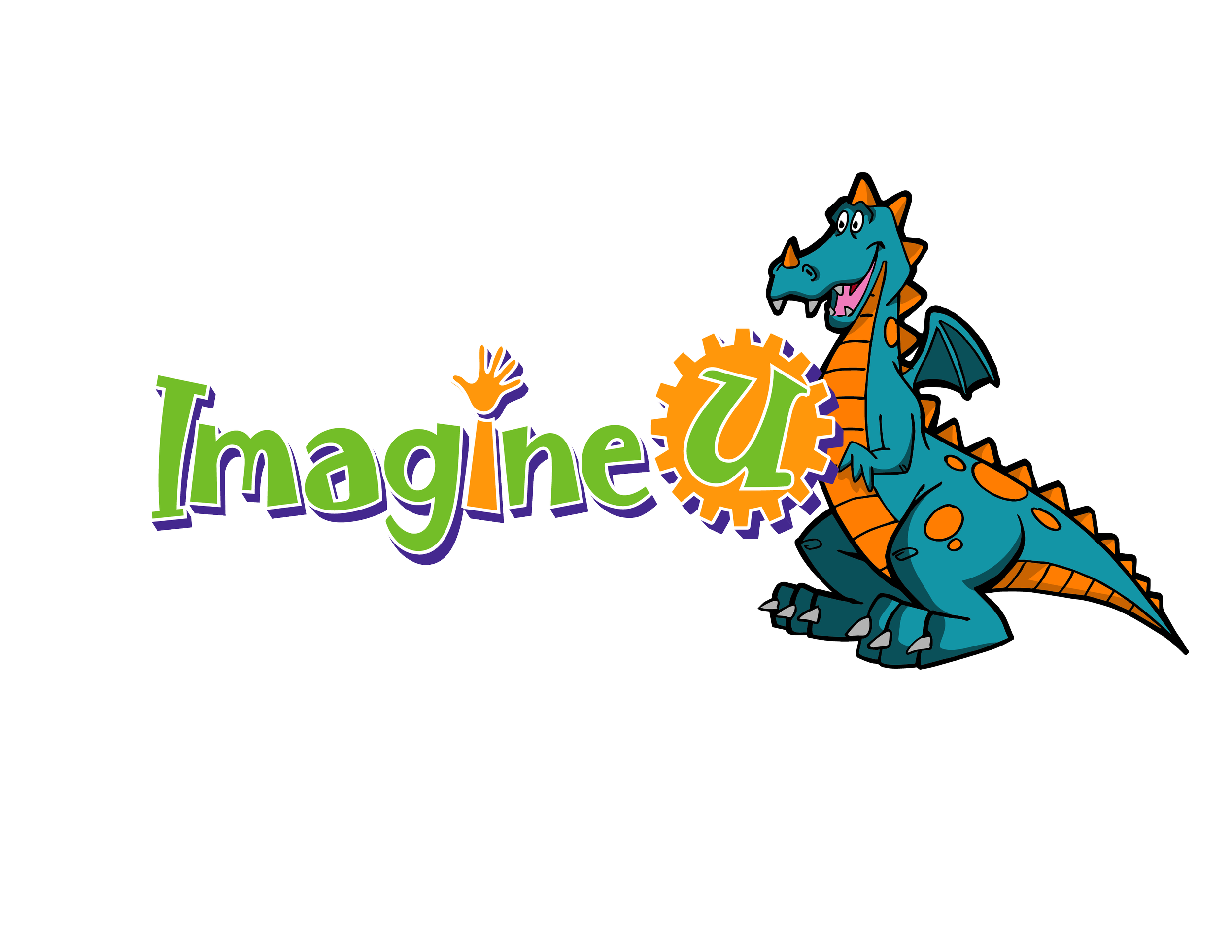The Majestic Oak
description
The design of the bodies of animals allows them to survive. Often the proportions are interestingly different from our own. These facts about animals can be used to develop a sense of proportion.
Materials needed:
- String or yarn
- Paper
- Pencil or pen
Tongue of a Lizard:
If you were a lizard you could flick your tongue out half the length of your body.
- Using a meter stick, measure your height.
- Now halve that amount. That is how long your tongue would be.
- Using some adding machine tape, cut a piece that length. Color it red or pink, so it looks like a tongue.
- Roll it tightly and hold it in front of your mouth. Now flick it! (roll it out quickly).
Mouth of a Snake:
Some snakes can open their mouths twice the width of their head. That means, if a snake’s head is 1 inch wide it can open its mouth 2 inches.
- Measure the width of your head. Do this by holding a ruler on top of your head and approximating the width from ear to ear.
- Double that amount.
Cut out a piece of string showing this distance as the length across a circle (diameter) – this is how far you could open your mouth if you were a snake!
Neck of a Crane:
A crane’s neck is about 1/3 the length of its body, which helps it reach under water to catch food.
- Measure your height with a measuring tape.
- Divide your height by three (or approximate 1/3).
- Make a straw tower that shows how long your neck would be if you were a crane.
Questions to ask after the activity:
- How many inches in diameter is your head?
- How big do you think your mom’s mouth would be if she were a snake?
- How did you double your number?
- How is finding half of a number like finding the double of a number? How are they different?

